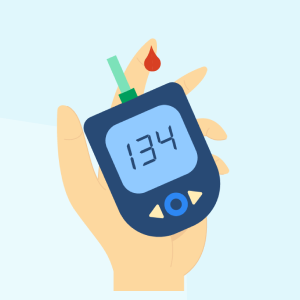Uterine Didelphys Symptoms: When A Woman Has Two Wombs
Did you know that some women experience two periods a month? And it’s not because of their irregular menstrual cycle; it’s because they have two wombs or uteruses. This condition is called uterine didelphys or double uterus. Here’s what you need to know about uterine didelphys symptoms and management. What Causes Double Uterus? Uterine didelphys is a […]
























